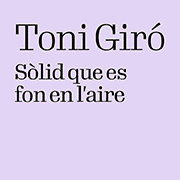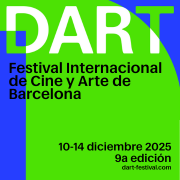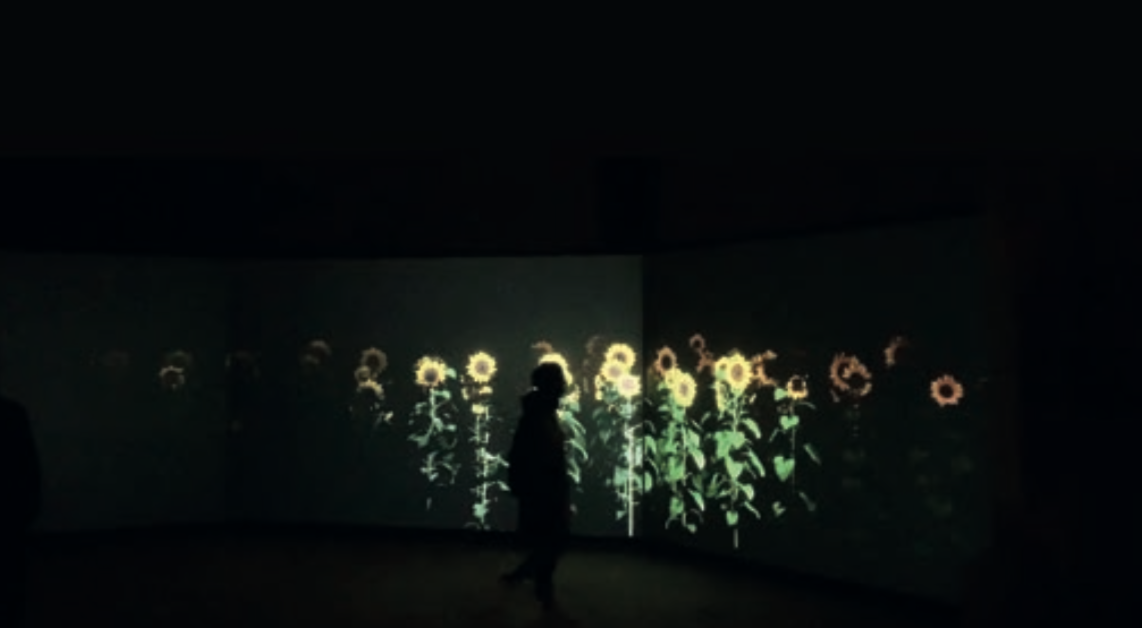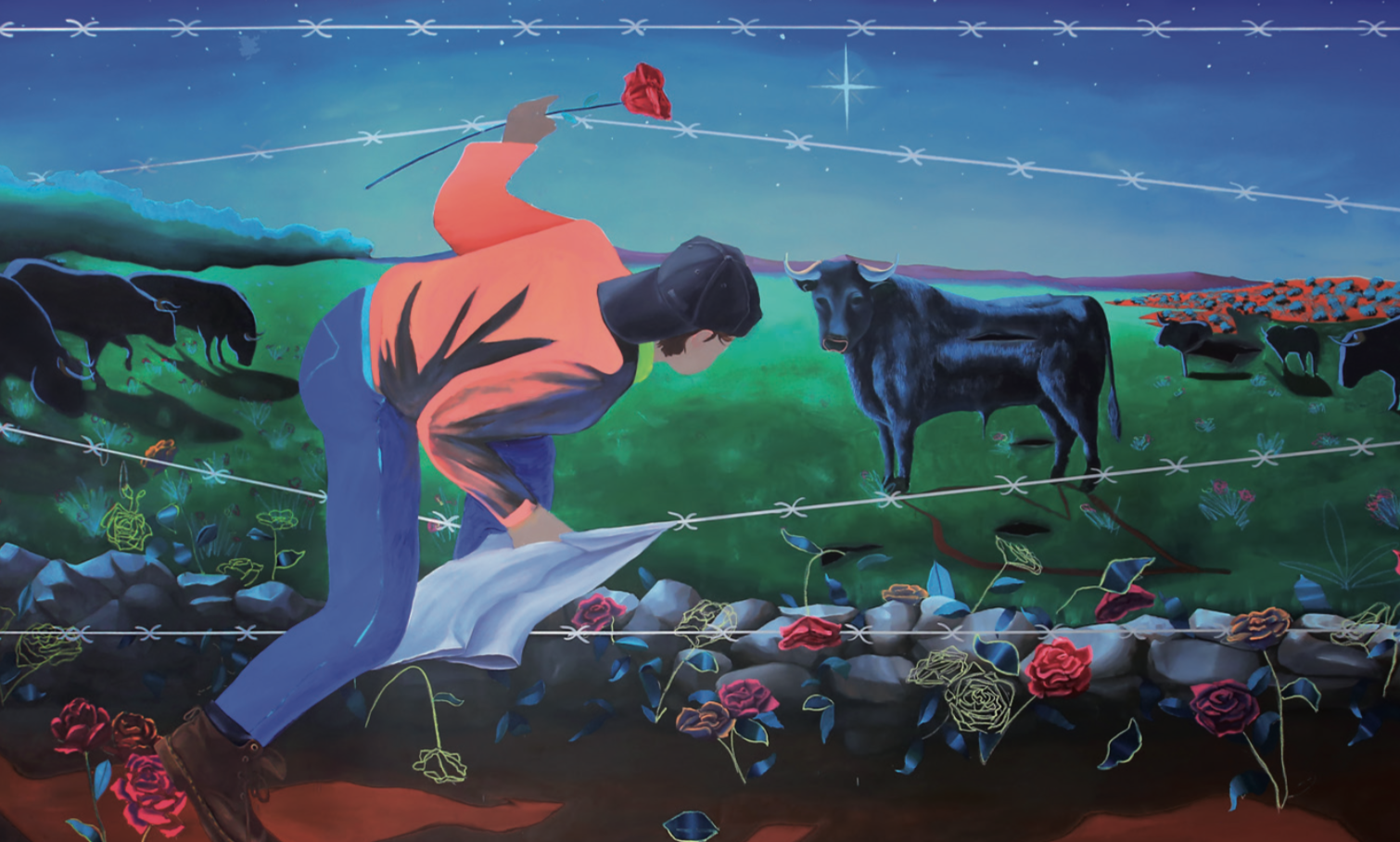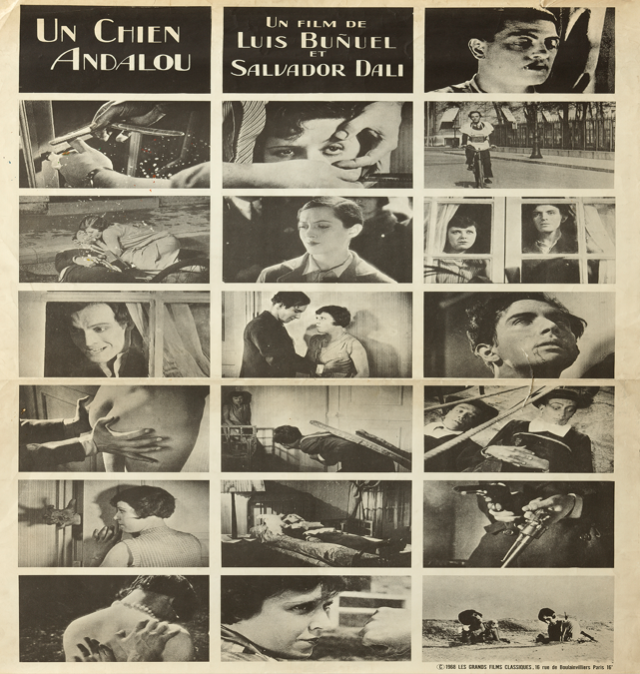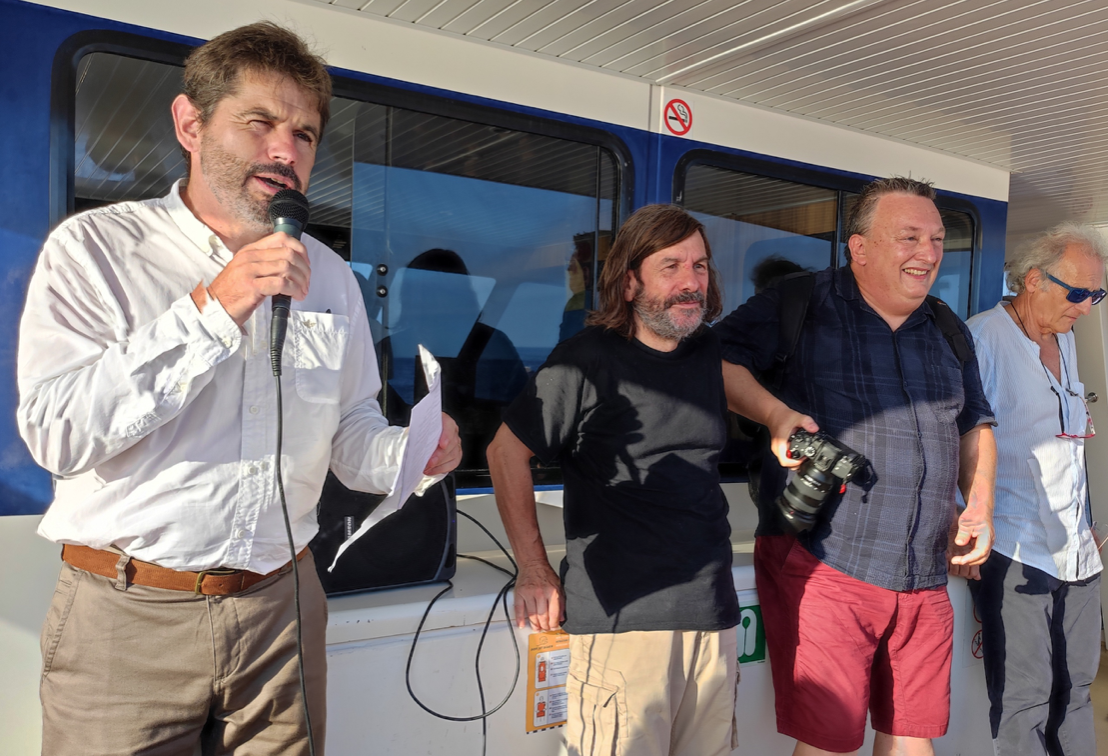Exhibitions
'Els Català, fotògrafs d'un segle' at the Museu d'Història de Catalunya
Fins al 25 de setembre 2022
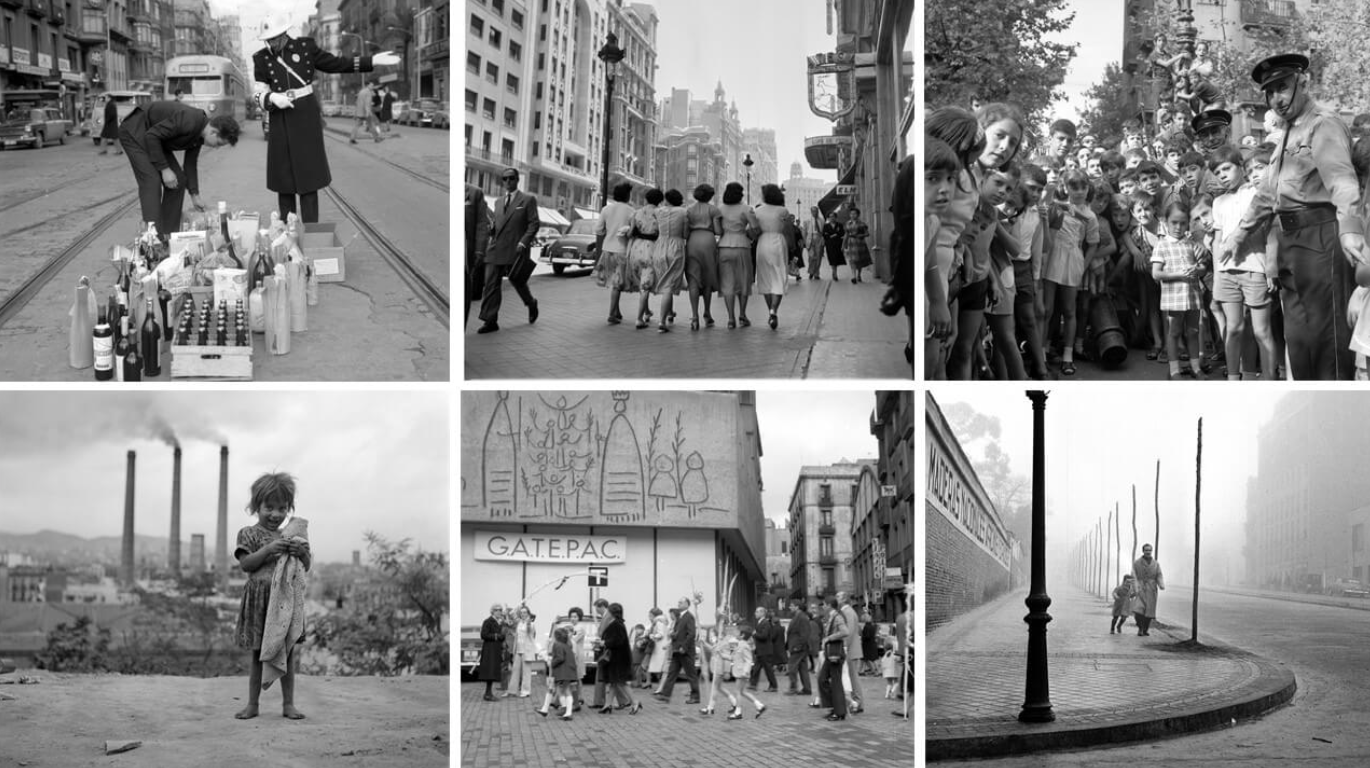
In 1889, Pere Català i Pic was born in Valls (Alt Camp), the patriarch of a lineage of creators –Francesc, Àurea and Pere Català-Roca– whose work becomes crucial when reading the recent history of country with the most striking facts, its culture and its people.
Destiny wanted the parent to start in the artistic discipline of photography at the age of 12 and, settled in Barcelona with his widowed mother, he drew a camera at the bank where he had started working at that same age. From that moment on, Pere Català i Pic delved into photography and the theoretical study of the discipline, focusing on modernity, the evolution of photography, which left behind the dominant pictorialism.
Thus, his recent trip to Paris connected him with the avant-garde of the time, through authors such as Man Ray, Moholy-Nagy and Emmanuel Sougez, among others. Arribada la guerra civil espanyola, Català i Pic, juntament amb el polític i escriptor Jaume Miravitlles, va crear el Comissariat de Propaganda de la Generalitat de Catalunya, un organisme del qual va esdevenir cap d'edició. At that time belongs one of the most iconic posters of political propaganda of the first half of the twentieth century: Crush fascism. Made with the help of his son Francesc –then a 14-year-old boy–, the image represents an espadrille of a police officer –symbol of the popular classes– who is about to step on a cracked Nazi swastika made with fang.
"The true advertising phototechnician - he stated - must combine the knowledge of photographic technique with a large part of general and artistic culture, a great receptive sensitivity and a force of expressive representation", equally fundamental features in the works of Francesc and Pere Català -Rock. Although Francesc's work is devoted to photography, Pere's career, like that of his father, is conceived basically from a documentary and cultural point of view; from this point of view, the young portraitist would work to preserve a whole popular culture - castles, festivals and customs - some of whose manifestations were about to disappear. With the exhibition Els Català, fotògrafs d'un segle, the Museu d'Història de Catalunya pays homage to the lineage of photographers where the figure of Àurea is also present, the only woman in the saga who would work as a retoucher and painter, and who collaborated vigorously in advertising photography and photomontage of the family business PIC. Curated by Andreu Català, Francesc's son, in collaboration with his cousin Rafel Català, Pere's son, the exhibition brings together more than 180 images from various archives, such as the College of Architects of Catalonia, which is the depository of the archive of Francesc Català-Roca, or the National Archive of Catalonia, which guards the legacy of Pere Català i Pic and Pere Català-Roca, and who shared a workshop with Àurea Català-Roca. Undoubtedly, a unique opportunity to delve into this visual legacy through which the story of our country is written.


